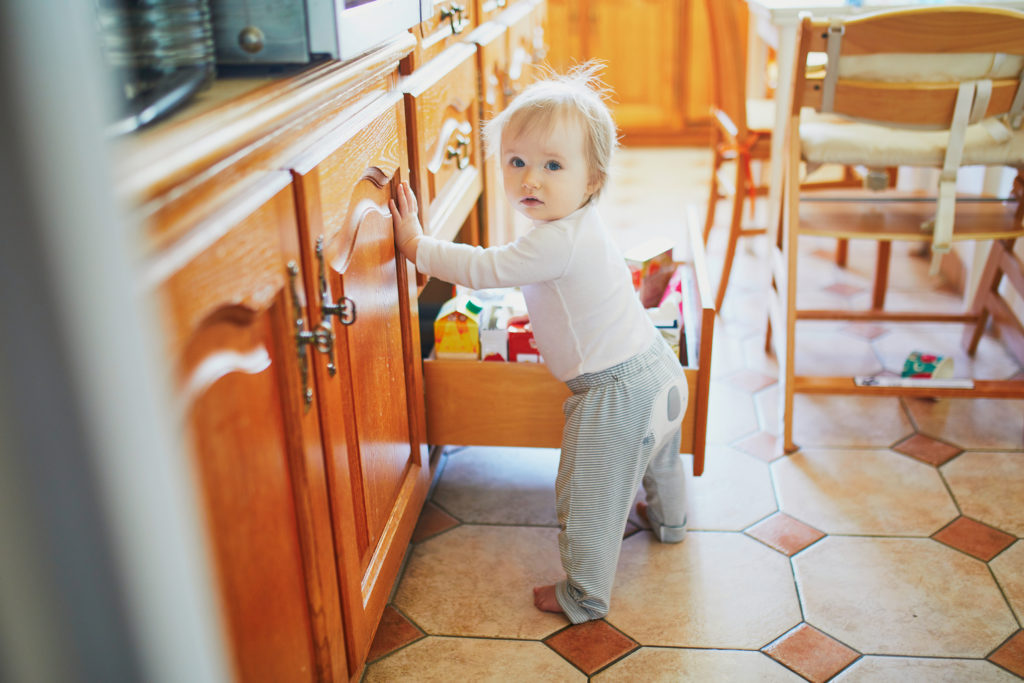Many seem to know the basics when it comes to safety hazards in their home such as covering all outlets, sharp corners and locking up cabinets and poisonous chemicals. There are other things to consider as well, such as when the last time your dryer lint duct was cleared out or making sure all air filters are clean, which can be fire hazards if neglected.
There are a lot of items and appliances in your household that potentially could pose a safety hazard. New homeowners, those expecting children, and people with families or pets should be aware of things around the home that could potentially be dangerous for children, animals, or even yourself. Here are some safety tips to get you started…
- Corded window blinds can be hazardous as the cord attached to the window blinds presents a strangulation risk to infants and young children. Replace corded window coverings with cordless blinds, available at all major US retailers.
- Get down to eye level by crawling to see things through the lens of a child. Think about things that can be pulled down, consumed, or small places for fingers to reach.
- Toss away broken items, appliances, and devices that don’t have a use or possibly present a danger to kids.
- Check outlets, electrical cords, under carpets, and wiring in every room. Do a safety check to each room and make sure wires are not frayed and that exposed wire isn’t being run under carpets or furniture. Tack down corners of rugs to prevent tripping.
- You should check smoke detectors and carbon monoxide detectors and make sure they’re functional and have working batteries. This is obvious but schedule this with the time change or when you change your AC or water filters to make sure you’re always protected.
- Make sure that drawers with items that are poisonous or have dangerous items like knives and matches are properly child-proofed with locks or other mechanisms to keep kids out.
- Check that products you’re using for cleaning floors and surfaces don’t have chemicals that could be toxic to babies crawling around or animals. Babies and animals might come into contact with residual chemicals on floors, so aim to use only nontoxic cleansers. Ventilation might be necessary when using, so double check the labels.
- Check with your building owner and make sure that any safety measures you’re thinking about installing are approved by them. You can add locks to closets and other doors easily without too much alteration to the property.
- Think about foods that could cause issues. Make sure kids and pets can’t access any cupboards or storage with items they could choke on or could present allergic reactions or make them sick.
Some of the most common accidents in the home involve falls and ingesting something poisonous, but cuts, broken bones, and other injuries are also prevalent. Take time each month to check out your home for hazards and address before an accident happens.

